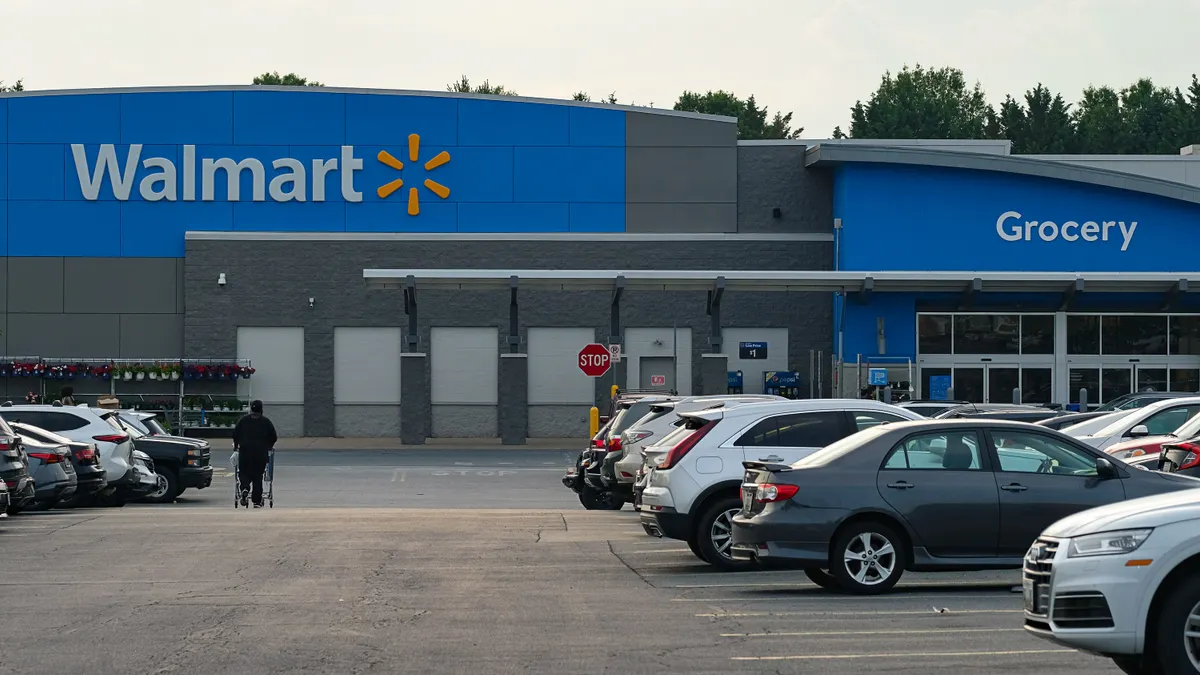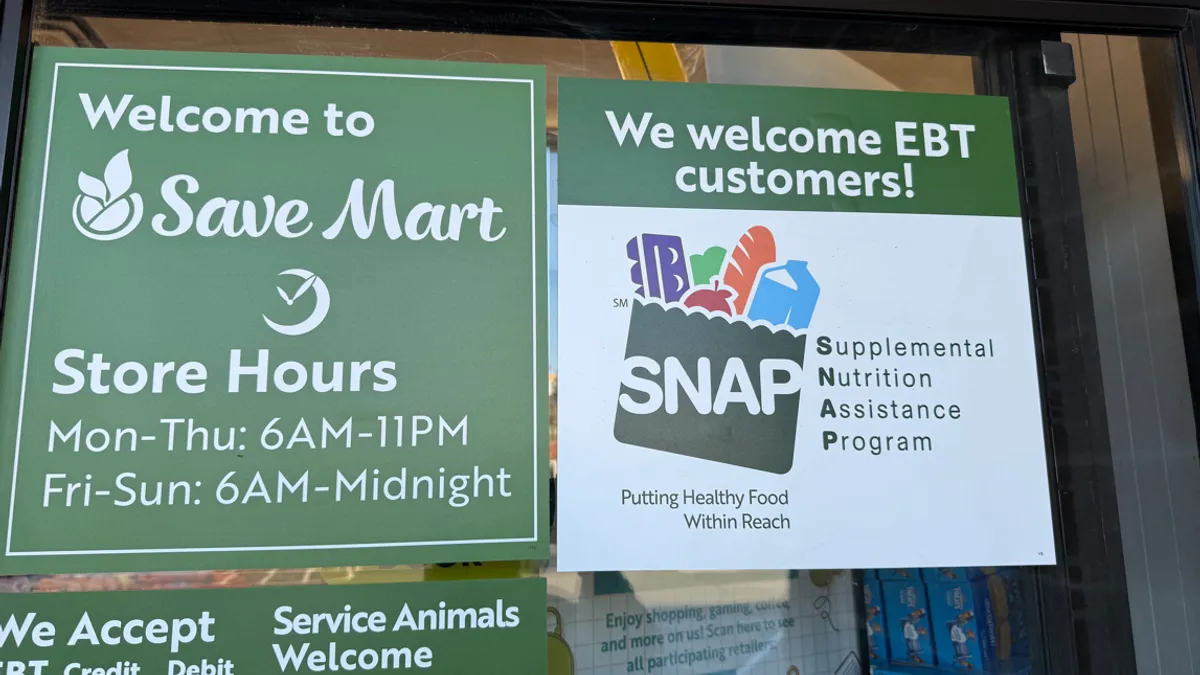Dive Brief:
- Meal kit services, such as Blue Apron and Hello Fresh, have introduced a new way for consumers to prepare fresh foods at home, but new research from The NPD Group suggest that the number of people using them may not be as widespread as the hype would suggest.
- Only 3% of U.S. adults said they had used a meal kit delivery service within the last year, which shows that the number of people trying meal kits is still relatively low, but growth opportunities remain.
- Meal kits' costs are another obstacle to their faster adoption. Their price tags trend closer to the cost of eating out at a restaurant rather than buying groceries to cook a meal at home.
Dive Insight:
The question for manufacturers is whether to view meal kit services as an opportunity for growth or as a competitor that could leach away sales.
Manufacturers could pursue partnerships to insert their products into meal kits, through packaged meats, condiments or packaged value-added produce. Many meal kit services have a health-centric focus, meaning the companies may have to tweak their offerings' ingredients or size to fit the overall theme of the service or the delivery box itself.
These partnerships could introduce consumers to new or more regional products. They also could enable manufacturers to leverage the convenience of e-commerce without having to set up a platform of their own or by otherwise expanding the reach of what they already have in place.
However, if manufacturers can't strike these partnerships, meal kit services could be a bigger competitor in the future. Now meal kits' higher prices may deter consumers, at an average of $10 per person for a meal kit compared to about $4 for an at-home meal made with store-bought groceries. As the economy rebounds, consumers may shift grocery spending to meal kits to enjoy the same home-cooked meal without the trip to the store.






